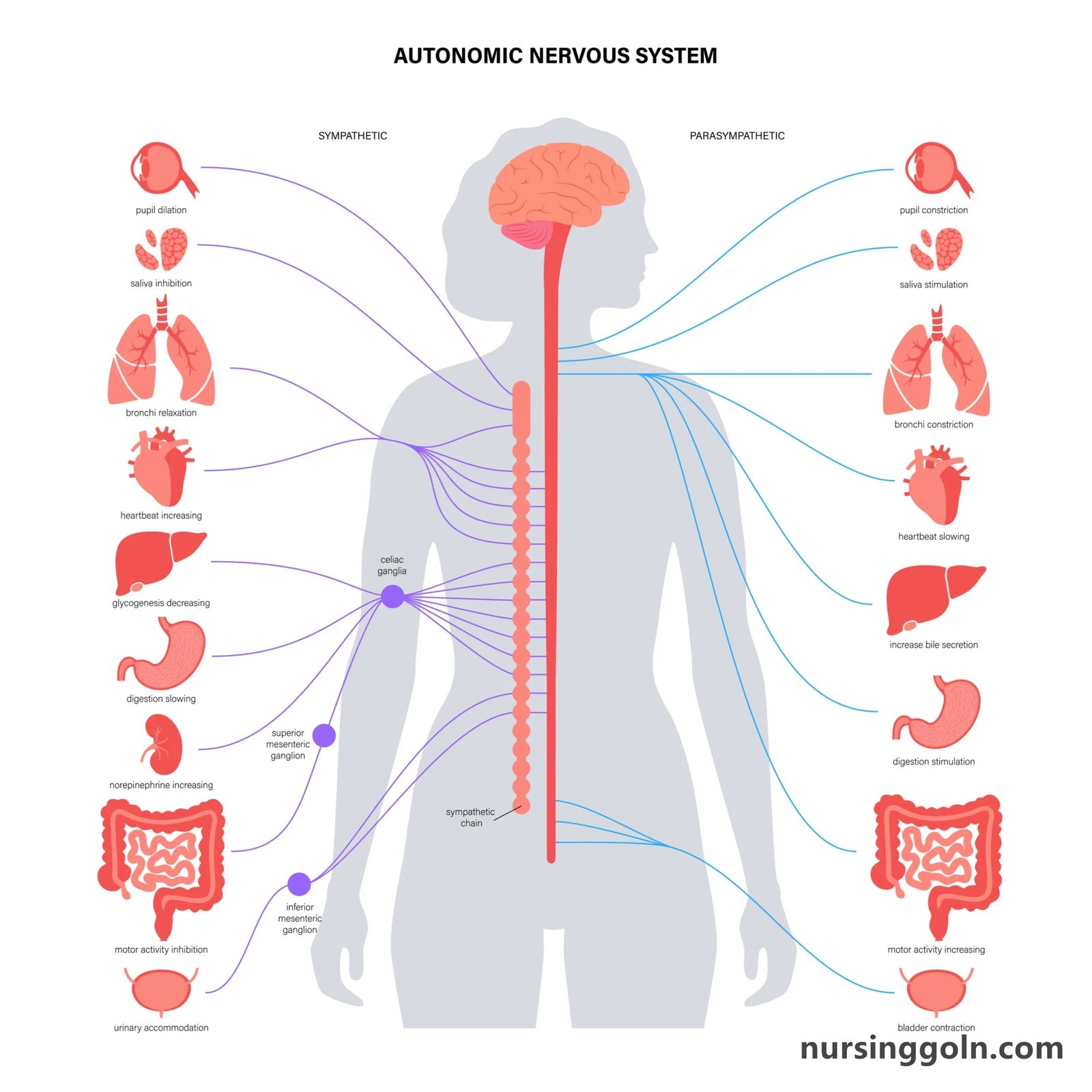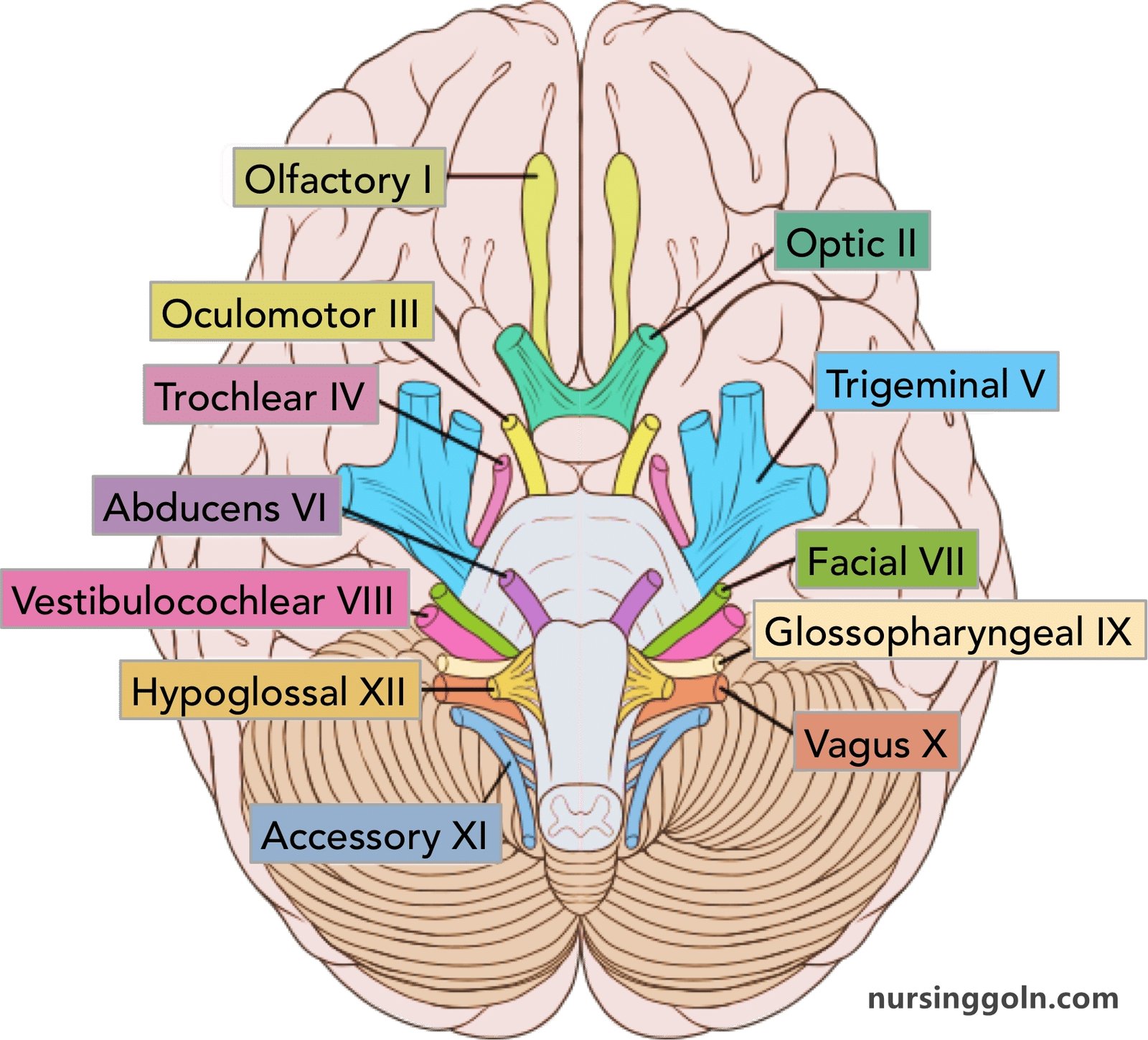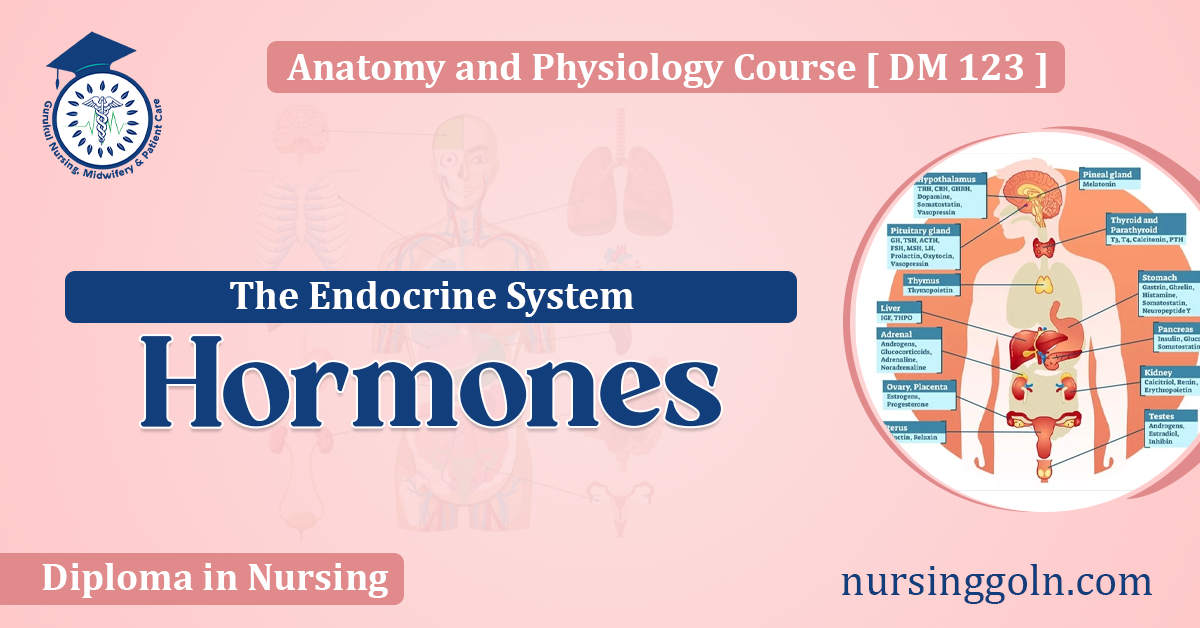Today our topic of discussion is ” Human Hormones “. The endocrine system, a network of glands and tissues, plays a pivotal role in maintaining our body’s equilibrium by producing and releasing hormones. These chemical messengers regulate various physiological processes, ensuring that our bodies function optimally. This article aims to provide a comprehensive understanding of hormones within the endocrine system.

Human Hormones: The Endocrine System
Introduction to Hormones
Hormones are specialized chemical messengers synthesized by endocrine glands. Once produced, they travel through the bloodstream to target cells, organs, or tissues, where they evoke a specific response.
How Hormones Work
Hormones have a unique mode of action:
- Lock and Key Mechanism: Hormones bind to specific protein receptors on or within their target cells. This binding is highly specific, akin to a key fitting into a lock. Upon binding, a series of cellular responses are initiated.
- Signal Transduction: Once a hormone binds to its receptor, it activates intracellular signaling pathways. This leads to the desired cellular response, whether it be gene activation, enzyme stimulation, or another function.
- Feedback Mechanisms: Hormone production and release are usually controlled by negative feedback loops, ensuring that hormone levels stay within a balanced range.

Classification of Hormones
Hormones can be broadly categorized based on their chemical structure:
- Steroid Hormones: Derived from cholesterol, they include sex hormones (like testosterone and estrogen) and hormones from the adrenal cortex (like cortisol). They’re lipid-soluble and can pass through the cell membrane to act on intracellular receptors.
- Peptide and Protein Hormones: Made up of chains of amino acids, examples include insulin and growth hormone. They usually act on cell surface receptors, initiating a cascade of intracellular events.
- Amine Hormones: Derived from amino acids, examples include thyroid hormones and catecholamines (like adrenaline). They can work via cell surface or intracellular receptors.

Major Endocrine Glands and Hormones
- Pituitary Gland: Located at the base of the brain, it’s often referred to as the ‘master gland’. It releases:
- Growth Hormone (GH): Stimulates growth and cell regeneration.
- Prolactin: Regulates milk production.
- Follicle-stimulating hormone (FSH) and Luteinizing hormone (LH): Control reproductive processes.
- Thyroid Gland: Located in the neck, it produces:
- Thyroxine (T4) and Triiodothyronine (T3): Regulate metabolism and energy production.
- Adrenal Glands: Positioned above the kidneys, they produce:
- Cortisol: Manages stress responses and regulates metabolism.
- Adrenaline: Increases heart rate and prepares the body for “fight or flight” scenarios.
- Pancreas: Both an endocrine and exocrine organ, it produces:
- Insulin: Reduces blood glucose levels.
- Glucagon: Increases blood glucose levels.
- Gonads: Ovaries in females and testes in males produce:
- Estrogen and Progesterone: Regulate female reproductive processes.
- Testosterone: Controls male reproductive processes and the development of male secondary sexual characteristics.

Hormonal Imbalances and Health Implications
The precise balance of hormones is vital for health. Imbalances can lead to:
- Thyroid Disorders: Overactivity (hyperthyroidism) or underactivity (hypothyroidism) can affect metabolism, mood, and more.
- Diabetes: Insufficient insulin production (Type 1) or reduced insulin efficacy (Type 2) can cause high blood glucose levels.
- Polycystic Ovary Syndrome (PCOS): Caused by an imbalance of reproductive hormones in women, leading to menstrual irregularities and other symptoms.
- Addison’s Disease: Reduced production of hormones by the adrenal glands, leading to fatigue and muscle weakness.
The Importance of Hormonal Homeostasis
Hormonal homeostasis ensures stability and balance within our internal environment. It allows our bodies to respond appropriately to external changes, be it stress or changes in the external environment.
Hormones and Aging
As we age, there’s a natural decline in hormone production:
- Menopause: Represents the end of a woman’s reproductive years, accompanied by a decline in estrogen and progesterone.
- Andropause: Some men experience a gradual decline in testosterone levels as they age.
These changes can lead to symptoms like fatigue, mood swings, and reduced libido.

Conclusion
The endocrine system, through its production of hormones, acts as the body’s communication network. Hormones influence nearly every physiological process, from metabolism to reproduction. Understanding these chemical messengers, how they function, and their implications is vital for appreciating the body’s intricacies. As research continues, our grasp of hormones and their role in health and disease will only deepen.
Read more:
